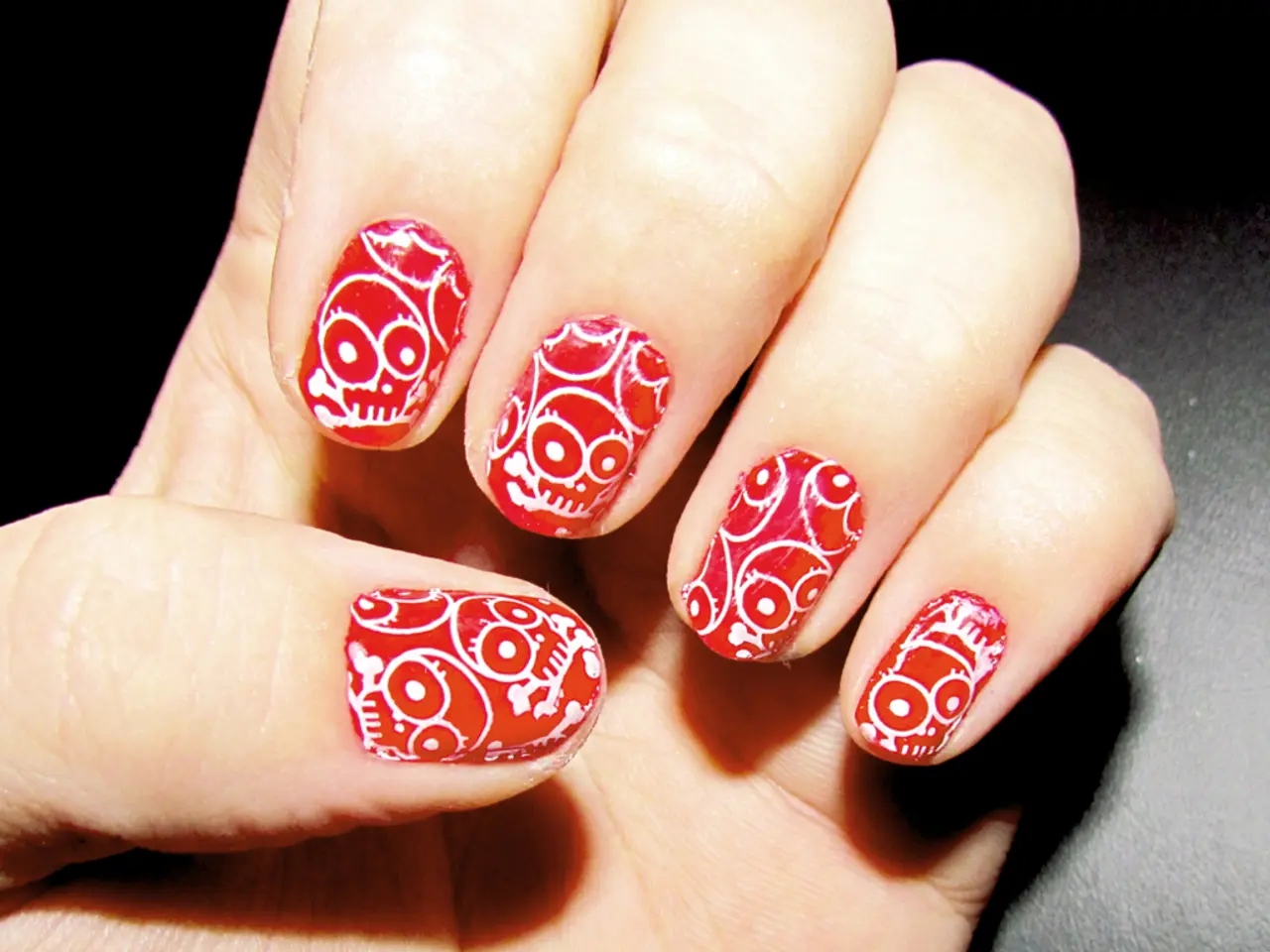Strategies for Overcoming Nail-Bitng Habit
Managing Obsessive-Compulsive Disorder (OCD) and Body-Focused Repetitive Behaviors (BFRBs): A Comprehensive Guide
In the quest to overcome OCD and BFRBs, such as chronic nail biting (Onychophagia), a combination of therapies and strategies often proves most effective. Here's a breakdown of the key approaches:
Treating OCD
- Cognitive Behavioral Therapy (CBT): CBT plays a significant role in managing OCD. Two of its key techniques are Exposure and Response Prevention (ERP) and Acceptance and Commitment Therapy (ACT).
- Exposure and Response Prevention (ERP): ERP is considered the gold standard for OCD treatment. It involves exposing patients to their triggers and preventing them from engaging in their typical compulsive behaviors. This helps rewire the brain to understand that the feared outcomes are not real and that anxiety can dissipate without rituals.
- Acceptance and Commitment Therapy (ACT): For those hesitant to start ERP, ACT can be a helpful alternative. It focuses on accepting the discomfort of intrusive thoughts rather than trying to change them.
- Medication: Antidepressants, particularly Selective Serotonin Reuptake Inhibitors (SSRIs), are commonly used to treat OCD. They can help reduce symptoms by altering the brain's chemistry.
- Neuromodulation Techniques: Transcranial Magnetic Stimulation (TMS) is a non-invasive method that uses magnetic pulses to stimulate areas of the brain involved in obsessive thinking. It's particularly useful for those who haven't responded to traditional treatments.
- Support and Stress Management: Support groups and stress management techniques like exercise, yoga, and meditation can help manage anxiety and reduce symptoms.
Managing BFRBs like Nail Biting (Onychophagia)
- Cognitive Behavioral Therapy (CBT): Similar to OCD, CBT can be effective in addressing BFRBs by changing the relationship between the individual and their compulsive behaviors.
- Habit Reversal Training (HRT): HRT involves identifying the triggers for nail biting and replacing the behavior with a healthier alternative, such as drawing or playing with a stress ball.
- Mindfulness and Awareness: Increasing awareness of when nail biting occurs can help individuals recognize and stop the behavior before it becomes a habit.
- Physical Deterrents and Alternatives: Using nail polish that tastes bad or applying a bandage to the fingernails can deter nail biting. Finding alternative behaviors like chewing gum can also help.
- Stress Management: Strategies like exercise, meditation, and social support can help manage stress and anxiety, common triggers for BFRBs.
Key Considerations
- Professional Guidance: Both OCD and BFRBs benefit from the guidance of a mental health professional. Tailoring treatment to the individual's needs is crucial.
- Combination Therapy: Often, using a combination of treatments yields the best results.
By understanding these approaches and tailoring them to individual needs, individuals can effectively manage both OCD and BFRBs like nail biting. It's important to remember that there are specific nail polishes designed to deter nail biting, which taste bitter or foul on purpose and have been found effective. Nail biting can occur during times of stress, boredom, while watching TV, or during focused tasks like reading.
For those struggling with chronic nail biting, it's crucial to seek professional help if the habit causes psychological distress, affects social life, professional life, or job performance. Similarly, seek medical treatment if nail biting causes physical damage to nails, cuticles, or surrounding skin, or if there are signs of infection (redness, pain, or swelling).
Sources: [1] International OCD Foundation. (n.d.). Cognitive Behavioral Therapy (CBT). Retrieved from https://iocdf.org/about-ocd/treatment/cognitive-behavioral-therapy/ [2] Mayo Clinic. (2021, March 17). Obsessive-compulsive disorder (OCD). Retrieved from https://www.mayoclinic.org/diseases-conditions/obsessive-compulsive-disorder/diagnosis-treatment/drc-20373020 [3] National Institute of Mental Health. (2021, January 16). Obsessive-Compulsive Disorder (OCD). Retrieved from https://www.nimh.nih.gov/health/topics/obsessive-compulsive-disorder-ocd/index.shtml [4] TLC Foundation for Body-Focused Repetitive Behaviors. (n.d.). Body-Focused Repetitive Behaviors (BFRBs). Retrieved from https://bfrb.org/what-are-bfrbs/ [5] Wong, B. (2021, February 1). How to Stop Nail Biting: 8 Proven Strategies. Retrieved from https://www.healthline.com/health/how-to-stop-nail-biting#1
In the context of managing mental health, understanding the role of professional guidance and combination therapy proves crucial in treating conditions like Obsessive-Compulsive Disorder (OCD) and Body-Focused Repetitive Behaviors (BFRBs). Specific approaches, such as Cognitive Behavioral Therapy (CBT) and Habit Reversal Training (HRT), along with stress management techniques, can help foster better health-and-wellness, including improving mental-health. Key to this improvement is tailoring treatments to the individual's needs.




